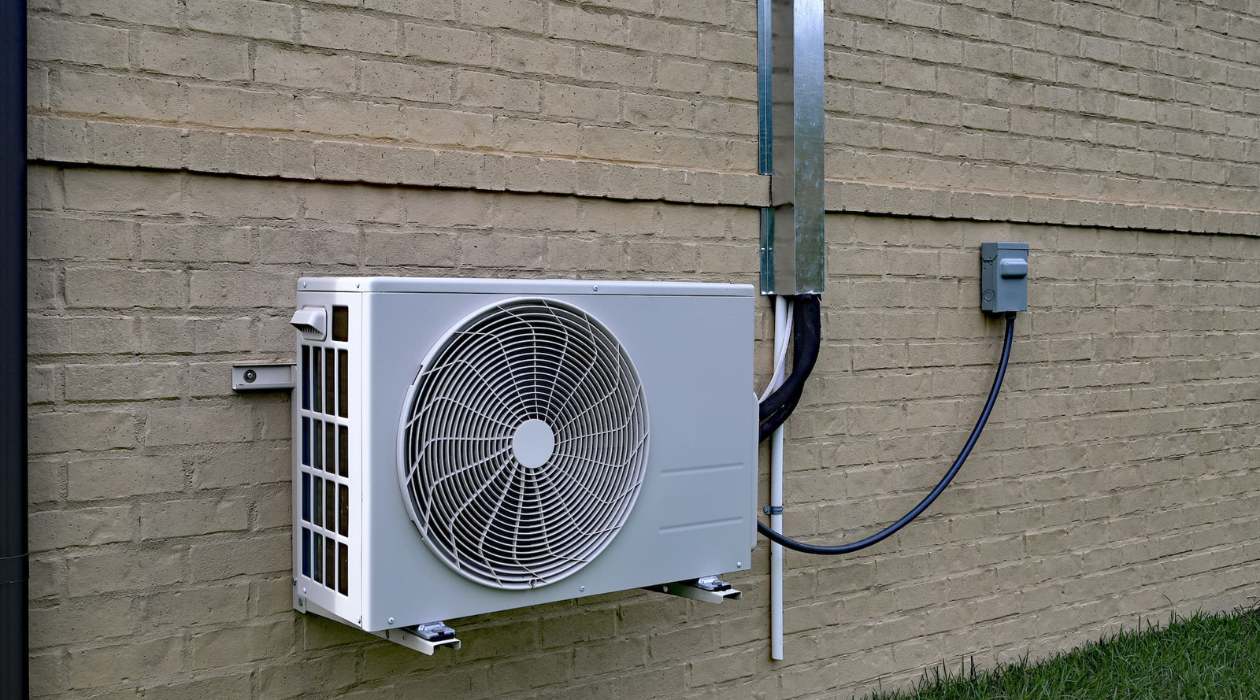

Articles
What Is A Mini Split HVAC System
Modified: October 18, 2024
Learn all about mini split HVAC systems in this informative article. Find out how they work, their advantages, and tips for choosing the right one for your needs.
(Many of the links in this article redirect to a specific reviewed product. Your purchase of these products through affiliate links helps to generate commission for Storables.com, at no extra cost. Learn more)
Introduction
Welcome to the world of HVAC systems, where comfort meets technology. If you’re in the market for a new heating and cooling solution, you may have come across the term “mini split HVAC system.” But what exactly is a mini split HVAC system, and what sets it apart from traditional HVAC systems?
A mini split HVAC system, also known as a ductless or split system, is a type of heating, ventilation, and air conditioning system that provides individualized climate control for different areas or rooms. Unlike central HVAC systems, which rely on a network of ducts to distribute air, mini split systems use small air handlers or units mounted on the walls or ceilings to deliver conditioned air directly to a specific space.
These systems are gaining popularity due to their flexibility, energy efficiency, and ease of installation compared to traditional HVAC systems. In this article, we will delve into the details of mini split HVAC systems, including how they work, their advantages and disadvantages, components, installation process, maintenance, energy efficiency, and cost.
So, whether you’re considering upgrading your home’s HVAC system or looking for a suitable solution for a new construction project, join us as we explore the world of mini split HVAC systems and uncover the key features that set them apart from the rest.
Key Takeaways:
- Mini split HVAC systems offer zoned climate control, energy efficiency, and improved indoor air quality. Their ductless design and customizable comfort make them a modern and efficient heating and cooling solution for homes and businesses.
- While mini split systems have higher upfront costs and require professional installation, their long-term energy savings, quiet operation, and sleek design make them an attractive option for those seeking personalized comfort and reduced environmental impact.
Read more: What Is Mini Split AC
Definition of a Mini Split HVAC System
A mini split HVAC system is a type of heating, ventilation, and air conditioning system that consists of two main components: an outdoor compressor unit and one or multiple indoor air handling units. What sets mini split systems apart from traditional HVAC systems is the absence of ductwork for air distribution.
Instead of using ducts to transport conditioned air throughout a building, mini split systems utilize refrigerant lines to connect the outdoor unit to the indoor units. This refrigerant transfers heat between the indoor and outdoor units, allowing for efficient heating and cooling. The indoor units are usually mounted on walls or ceilings and provide individualized climate control for specific areas or rooms.
Mini split HVAC systems are available in different configurations to suit various applications. Single-zone systems consist of one outdoor unit and one indoor unit, suitable for cooling or heating a single area or room. On the other hand, multi-zone systems can connect several indoor units to a single outdoor unit, providing independent climate control for different areas or rooms.
These systems are called “mini split” because they are smaller and more compact compared to traditional HVAC systems. They are also referred to as “ductless” or “split” systems because they don’t require the use of ducts. This makes mini split systems an ideal choice for homes or buildings without existing ductwork or for situations where installing ducts is impractical or costly.
With a mini split HVAC system, each indoor unit operates independently, allowing for customized temperature control in each zone. This means occupants can set different temperatures in different rooms based on individual preferences, providing enhanced comfort and energy efficiency.
Now that we have a clear definition of what a mini split HVAC system is, let’s explore how these systems work and the benefits they offer.
How Does a Mini Split HVAC System Work?
Understanding how a mini split HVAC system works can help you appreciate its efficiency and flexibility. The operation of a mini split system involves two main processes: heat exchange and refrigeration.
Firstly, during the cooling mode, the outdoor compressor unit extracts heat from the indoor air. The compressor pressurizes the refrigerant, which then flows through the refrigerant lines to the indoor unit. Inside the indoor unit, the refrigerant evaporates, absorbing heat from the room and cooling the air. The cooled air is then distributed back into the room, providing a comfortable indoor environment.
During the heating mode, the system reverses the process. The outdoor unit absorbs heat from the outside air, even in colder temperatures, and transfers it to the indoor unit through the refrigerant lines. Inside the indoor unit, the refrigerant releases heat as it condenses, warming the air. The heated air is then distributed into the room, maintaining a cozy atmosphere even during chilly winter days.
Each indoor unit operates independently, allowing for precise temperature control in each zone or room. Occupants can adjust the temperature and fan speed to their liking, ensuring personalized comfort in different areas of the building. This also eliminates the need to cool or heat areas that are not in use, resulting in energy savings.
In addition to the efficient heat exchange process, mini split systems utilize inverter technology. Unlike traditional HVAC systems that operate at a fixed speed, mini split units with inverter technology can adjust their compressor speed and power consumption based on the surrounding conditions. This modulating capability allows the system to maintain a consistent temperature while consuming less energy.
Furthermore, mini split HVAC systems offer various operating modes, including cooling, heating, dehumidification, and fan-only mode. This versatility allows users to adapt the system’s functionality to their specific needs, whether it’s cooling down a room on a hot summer day or quickly warming up a space during winter.
The combination of heat exchange, refrigeration, independent operation of indoor units, inverter technology, and versatile operating modes makes mini split HVAC systems an efficient and customizable choice for maintaining optimal comfort in homes, offices, and other buildings.
Now that we understand how a mini split HVAC system works, let’s explore the advantages that these systems have over traditional HVAC systems.
Advantages of a Mini Split HVAC System
Mini split HVAC systems offer several advantages over traditional HVAC systems, making them a popular choice for residential and commercial applications. Let’s explore some of the key benefits:
- Flexible Installation: One major advantage of mini split systems is their flexibility in installation. Since they don’t require ductwork, they are easier and less invasive to install. This makes them an ideal option for retrofitting existing buildings or for new constructions where duct installation is impractical or costly.
- Zoned Climate Control: With mini split systems, you have the ability to create individualized climate zones in different rooms or areas of a building. Each indoor unit operates independently, allowing occupants to set different temperatures in different zones based on their preferences. This not only maximizes comfort but also helps save energy by cooling or heating only the spaces that are in use.
- Energy Efficiency: Mini split HVAC systems are known for their energy efficiency. Without the need for ducts, which can lead to energy loss, these systems deliver conditioned air directly to the desired spaces. Additionally, the use of inverter technology allows for precise control of compressor speed, reducing energy consumption by adjusting power output based on the current cooling or heating needs.
- Improved Indoor Air Quality: Traditional HVAC systems can accumulate dust, mold, and other allergens in their ducts, which can then be circulated throughout the building. Mini split systems, on the other hand, don’t utilize ducts, minimizing the potential for airborne pollutants to spread. Additionally, many mini split systems are equipped with advanced filtration systems that help improve indoor air quality by removing particles and allergens from the air.
- Quiet Operation: Mini split HVAC systems are designed to operate quietly. The noisy components, such as the compressor and fan, are located in the outdoor unit, reducing indoor noise levels. This makes mini split systems suitable for use in bedrooms, offices, or any other area where a peaceful environment is desired.
- Improved Aesthetics: The indoor units of mini split systems are compact and sleek in design, often mounted on walls or ceilings. They take up minimal space and can be placed discreetly, maintaining the aesthetic appeal of a room or building while providing efficient climate control.
These advantages make mini split HVAC systems an attractive option for homeowners, business owners, and anyone seeking a versatile and energy-efficient solution for their heating and cooling needs. However, it’s important to consider the potential disadvantages of these systems as well, which we will explore in the next section.
Disadvantages of a Mini Split HVAC System
While mini split HVAC systems offer numerous advantages, it’s important to consider the potential disadvantages before making a decision. Here are some drawbacks to keep in mind:
- Higher Initial Cost: Mini split systems can be more expensive upfront compared to traditional HVAC systems. The cost typically includes the outdoor compressor unit, indoor air handlers, refrigerant lines, and installation. However, it’s important to note that the long-term energy savings and other benefits of mini split systems can often offset the initial investment.
- Limited Range: Each indoor unit in a mini split system has a limited range and may not be able to reach every corner of a large room or space. In such cases, additional units may be required for adequate climate control, which can further increase the overall cost.
- Professional Installation: Installing a mini split HVAC system requires professional expertise. The refrigerant lines need to be carefully sized and connected, and the indoor units must be properly mounted and wired. This means that you may need to hire a licensed HVAC contractor to ensure correct installation, adding to the cost of the system.
- Potential Aesthetic Impact: While mini split systems offer improved aesthetics compared to traditional HVAC systems, they still require indoor units to be mounted on walls or ceilings. While some people find these units sleek and unobtrusive, others may consider them less visually appealing. Careful consideration of the placement and design of the indoor units is necessary to ensure they blend well with the overall aesthetics of the space.
- Ongoing Maintenance: Like any HVAC system, mini split systems require regular maintenance to ensure optimal performance. This includes cleaning or replacing filters, checking refrigerant levels, and inspecting the system for any potential issues. While the maintenance requirements are relatively low compared to traditional HVAC systems, it’s important to factor in the time and cost associated with ongoing maintenance.
- Reliance on Electricity: Mini split systems rely on electricity for operation, and power outages can temporarily disrupt their functionality. However, some models offer backup power options to ensure continued operation during unexpected power interruptions.
Considering the advantages and disadvantages, it’s vital to assess your specific needs, budget, and preferences to determine if a mini split HVAC system is the right choice for you. Now, let’s delve into the components that make up a mini split system.
Read more: What Is A Split System AC
Mini Split HVAC System Components
A mini split HVAC system consists of several components that work together to provide efficient heating and cooling. Let’s explore the key components of a typical mini split system:
- Outdoor Compressor Unit: The outdoor compressor unit is the heart of the mini split system. It houses the compressor, condenser, and fan. The compressor pressurizes and circulates the refrigerant, while the condenser releases or absorbs heat as needed. The fan helps dissipate heat generated during the refrigeration process.
- Indoor Air Handling Unit(s): The indoor air handling unit, often referred to as the “head” unit, is mounted on the wall or ceiling of each zone or room. It is responsible for distributing conditioned air into the space. The indoor unit consists of a fan, evaporator coil, and sometimes additional features such as advanced filtration systems or built-in sensors for enhanced functionality. The fan blows air over the evaporator coil, which extracts heat during the cooling mode or releases heat during the heating mode.
- Refrigerant Lines: Refrigerant lines connect the outdoor compressor unit to the indoor air handling units. These lines carry the refrigerant back and forth, facilitating the heat exchange process between the indoor and outdoor units. The refrigerant lines are insulated to minimize heat loss or gain and maintain efficient operation.
- Controller or Thermostat: A controller or thermostat is used to control and adjust the settings of the mini split system. It allows users to set the desired temperature, fan speed, mode, and other features. Some advanced models may offer additional control options, such as remote control functionality or compatibility with smart home systems for convenient operation.
- Electric Wiring: Mini split systems require electric wiring to power the outdoor compressor unit and connect it to the indoor air handling units. Proper wiring is crucial for the safe and reliable operation of the system.
- Condensate Drainage System: During the cooling mode, moisture from the air condenses on the evaporator coil inside the indoor unit. A condensate drainage system is responsible for collecting and removing this condensate to prevent water damage. It typically consists of a drain pan, drain pipe, and sometimes an additional condensate pump, depending on the installation requirements.
These components work together harmoniously to provide efficient heating and cooling in each zone or room of a building. Understanding the various parts of a mini split HVAC system can help you make informed decisions about installation, maintenance, and troubleshooting.
Now that we’ve explored the components of a mini split system, let’s move on to the installation process.
Regular maintenance of your mini split HVAC system, including cleaning the filters and coils, can help ensure efficient operation and extend the lifespan of the unit.
Installation Process of a Mini Split HVAC System
The installation of a mini split HVAC system requires professional expertise to ensure proper functioning and optimal performance. Here is a general overview of the installation process:
- Site Assessment: Before installation, a thorough site assessment is conducted to determine the most suitable locations for the outdoor compressor unit and indoor air handling units. Factors such as accessibility, electrical requirements, and aesthetic considerations are taken into account.
- Mounting the Outdoor Unit: The outdoor compressor unit is typically installed on a secure, level surface such as a concrete pad or metal brackets attached to the building’s exterior. It should be positioned in an area with ample airflow and minimal obstructions to optimize its performance.
- Connecting Refrigerant Lines: Refrigerant lines are carefully measured, cut, and connected between the outdoor compressor unit and the indoor air handling units. Insulation is applied to the refrigerant lines to prevent heat loss or gain during operation.
- Mounting the Indoor Units: The indoor air handling units are mounted on walls or ceilings in each zone or room. The precise location is determined based on factors such as airflow, aesthetics, and occupant comfort. The units are securely attached and properly leveled to ensure optimal airflow and performance.
- Electrical Wiring: Electrical wiring is installed to connect the outdoor unit to the indoor units and the power supply. The wiring is routed safely and efficiently, following local electrical codes and regulations.
- Condensate Drainage: A condensate drainage system is installed to collect and remove condensate that forms during the cooling mode. This involves fitting drain pans, connecting drain pipes, and ensuring proper slope for effective drainage. In some cases, a condensate pump may be required to lift the condensate to a suitable drainage point.
- Testing and Commissioning: Once the installation is complete, the system is thoroughly tested to ensure proper operation. This includes checking refrigerant levels, verifying airflow, testing electrical connections, and calibrating the controller or thermostat. The HVAC technician will make any necessary adjustments to optimize performance and ensure customer satisfaction.
It is important to note that the installation process may vary depending on factors such as the specific mini split system model, building layout, and local regulations. Hiring a licensed HVAC professional is crucial to ensure a proper and code-compliant installation.
Now that we have discussed the installation process, let’s move on to the maintenance and care required for a mini split HVAC system.
Maintenance and Care for a Mini Split HVAC System
Maintaining and caring for your mini split HVAC system is essential to ensure its longevity and optimal performance. Regular maintenance can also help prevent costly repairs and keep the system running efficiently. Here are some maintenance tasks you should consider:
- Cleaning or Replacing Filters: Dirty filters can restrict airflow and reduce the system’s efficiency. Depending on your system’s specifications, filters should be cleaned or replaced every one to three months. This helps maintain good indoor air quality and ensures proper functioning of the system.
- Cleaning the Indoor and Outdoor Units: The indoor and outdoor units can accumulate dust, dirt, and debris over time. Regular cleaning, preferably on a seasonal basis, helps maintain optimal performance. Use a soft brush or vacuum to remove any buildup from the units’ exterior and ensure proper airflow.
- Checking Refrigerant Levels: Insufficient or excessive refrigerant levels can impact the system’s cooling or heating capacity. It’s important to have a licensed HVAC technician check and adjust refrigerant levels if needed. Refrigerant leaks should also be promptly addressed to prevent further damage to the system.
- Inspecting and Cleaning Condensate Drainage System: Condensate drainage lines and drain pans should be inspected for any blockages or leaks. Clear any clogs and ensure proper drainage to prevent water damage. Clean the drain pan and ensure it is free from debris or microbial growth.
- Inspecting Electrical Connections: Regularly inspect the electrical connections and wiring for any signs of damage or wear. Ensure all connections are secure and tighten any loose connections. Faulty electrical components can affect the system’s performance or pose a safety hazard.
- Annual Professional Maintenance: It is advisable to schedule an annual professional maintenance visit. During this visit, an HVAC technician can perform a comprehensive inspection, clean the internal components, lubricate moving parts if necessary, and address any potential issues before they escalate.
While some maintenance tasks can be done by homeowners, it is crucial to involve a licensed HVAC professional for tasks that require expertise or specialized equipment.
In addition to regular maintenance, there are some general care tips to keep in mind. Avoid blocking the airflow from the indoor units by keeping furniture or other objects away. Ensure that the area around the outdoor unit is clear of debris, vegetation, or other obstructions. It is also beneficial to keep doors and windows closed when operating the system to maintain the desired climate inside.
By following these maintenance and care guidelines, you can extend the lifespan of your mini split HVAC system and ensure it continues to provide efficient and reliable heating and cooling for years to come.
Now, let’s move on to discuss the energy efficiency of a mini split HVAC system.
Energy Efficiency of a Mini Split HVAC System
Energy efficiency is a key factor to consider when choosing a heating and cooling system, and mini split HVAC systems are known for their high efficiency. Let’s explore the energy-saving features of mini split systems and how they contribute to reduced energy consumption:
- No Ductwork: The absence of ductwork in mini split systems eliminates potential energy losses associated with duct leaks or inadequate insulation. Without ducts, conditioned air is delivered directly to each zone or room, minimizing any wastage or heat transfer.
- Zoned Heating and Cooling: Mini split systems offer zoned climate control, allowing you to set different temperatures for different areas or rooms. This means you only cool or heat the spaces that are in use, avoiding energy wastage on unoccupied areas. The ability to independently control each zone maximizes energy efficiency by customizing comfort settings.
- Inverter Technology: Many mini split systems utilize inverter technology in their compressors. This technology allows the compressor to vary its speed and power consumption based on the cooling or heating needs of the space. Unlike traditional HVAC systems that work in an on/off fashion, inverter-driven compressors adjust their output to match the required load, resulting in energy savings.
- High SEER Rating: Seasonal Energy Efficiency Ratio (SEER) is a measure of the cooling efficiency of air conditioners and heat pumps. Mini split systems often have high SEER ratings, indicating their ability to provide efficient cooling. Higher SEER ratings mean lower energy consumption and greater energy savings.
- Efficient Heating in Low Temperatures: Mini split systems are designed to provide efficient heating even in cold climates. Some models can operate effectively in outdoor temperatures as low as -15 to -20 degrees Fahrenheit (-26 to -29 degrees Celsius). This means they can efficiently generate heat while consuming less energy compared to traditional heating systems.
- Smart Controls and Energy-Saving Features: Many mini split systems are equipped with smart controls and energy-saving features. These may include programmable timers, occupancy sensors, and sleep modes. Utilizing these features can help optimize energy usage by adjusting the system’s operation to match occupancy patterns and preferences.
By combining these energy-saving features, mini split HVAC systems offer significant energy efficiency advantages compared to traditional HVAC systems. The customized zoning, inverter technology, high SEER ratings, and intelligent controls all contribute to lower energy consumption and reduced utility bills.
It is important to note that while mini split systems are inherently energy-efficient, the overall energy performance also depends on factors such as system sizing, insulation, installation quality, and user behavior. Proper insulation, regular maintenance, and responsible energy usage practices can further enhance the system’s efficiency.
Now that we understand the energy efficiency of mini split HVAC systems, let’s move on to discuss the cost factors associated with these systems.
Read also: 9 Amazing Mini Split AC System for 2025
Cost of a Mini Split HVAC System
The cost of a mini split HVAC system can vary depending on several factors, including the size and type of system, the number of indoor units, features, and installation requirements. Here are the main cost considerations to keep in mind:
- Equipment Costs: The cost of the outdoor compressor unit, indoor air handling units, and associated components form a significant portion of the total cost. Single-zone systems, consisting of one outdoor unit and one indoor unit, are generally less expensive than multi-zone systems that can connect multiple indoor units to one outdoor unit.
- Installation Costs: Professional installation is essential for the safe and effective operation of a mini split HVAC system. The complexity of the installation, such as the distance between the units, the accessibility of the installation site, and any additional electrical or structural work required, can influence the installation costs.
- Electric and Refrigerant Line Installation: The installation of electrical wiring and refrigerant lines between the outdoor and indoor units may require additional labor and materials. Factors such as the distance between the units and the number of indoor units can affect the overall cost of electrical and refrigerant line installation.
- Additional Features: Advanced features such as built-in smart controls, energy monitoring capabilities, advanced filtration systems, or compatibility with smart home systems can increase the cost of the system. Consider your specific needs and budget when determining if these additional features are necessary.
- Operating Costs: While mini split systems are known for their energy efficiency, it’s important to consider the long-term operating costs. These include electricity consumption, routine maintenance, and any repairs or replacements that may be required over the system’s lifespan.
Keep in mind that the cost of a mini split HVAC system may be higher upfront compared to traditional HVAC systems. However, the potential long-term energy savings, improved efficiency, and customization options can often offset the initial investment. It is recommended to consult with an HVAC professional to assess your specific needs and get accurate cost estimates for your project.
Additionally, financial incentives, rebates, or tax credits may be available in your area for energy-efficient HVAC systems. Research local programs and incentives that can help offset the cost and make the installation of a mini split system more affordable.
Now that we’ve explored the cost factors associated with mini split HVAC systems, we can conclude our article on this innovative and efficient heating and cooling solution.
Conclusion
Mini split HVAC systems offer a flexible, energy-efficient, and effective solution for heating and cooling your home or business. With their ductless design, zoned climate control, and advanced features, these systems provide personalized comfort while minimizing energy waste. Understanding the components, installation process, maintenance requirements, energy efficiency, and cost considerations of mini split systems can help you make an informed decision when selecting a HVAC system.
By eliminating ducts, mini split systems avoid the energy losses commonly associated with traditional HVAC systems, resulting in lower utility bills and reduced environmental impact. The ability to individually control each zone or room enables you to tailor the temperature settings to your preferences, maximizing comfort and energy efficiency. With inverter technology and high SEER ratings, mini split systems adapt their operation to match current cooling or heating needs, optimizing energy consumption.
While mini split systems offer numerous advantages, it’s important to assess the potential disadvantages and consider factors such as initial costs, professional installation, and ongoing maintenance. Consulting with a licensed HVAC professional can provide valuable insights and ensure a successful installation that meets your specific requirements.
Whether you’re looking to retrofit an existing space or planning a new construction project, mini split HVAC systems offer a reliable and efficient solution. Their compact and sleek design, quiet operation, and improved indoor air quality make them suitable for a variety of settings, from residential homes to offices, hotels, and more.
In conclusion, mini split HVAC systems provide customizable comfort, energy savings, and the ability to create and maintain an ideal indoor climate. By investing in a mini split system, you can enhance your living or working environment while reducing your carbon footprint and enjoying the benefits of a modern and efficient heating and cooling solution.
Frequently Asked Questions about What Is A Mini Split HVAC System
Was this page helpful?
At Storables.com, we guarantee accurate and reliable information. Our content, validated by Expert Board Contributors, is crafted following stringent Editorial Policies. We're committed to providing you with well-researched, expert-backed insights for all your informational needs.
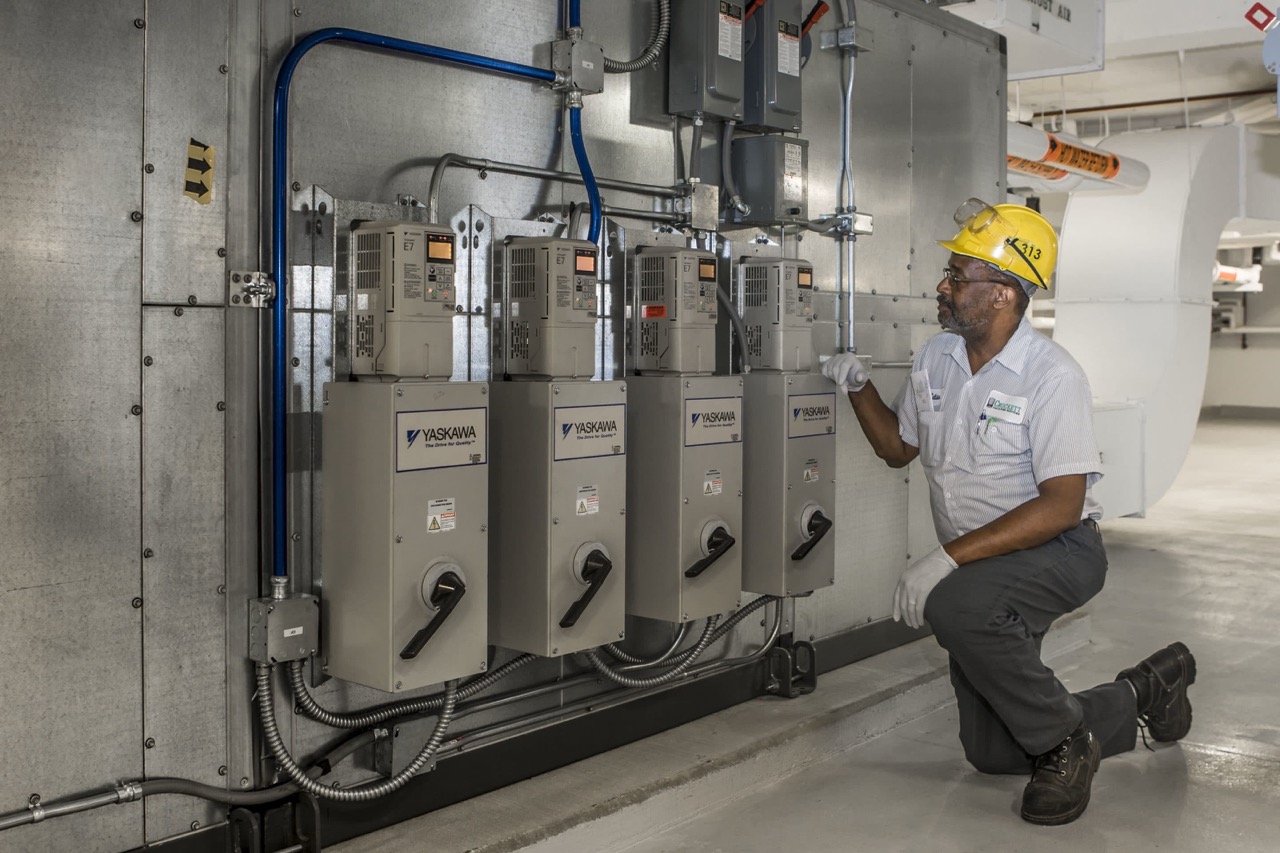
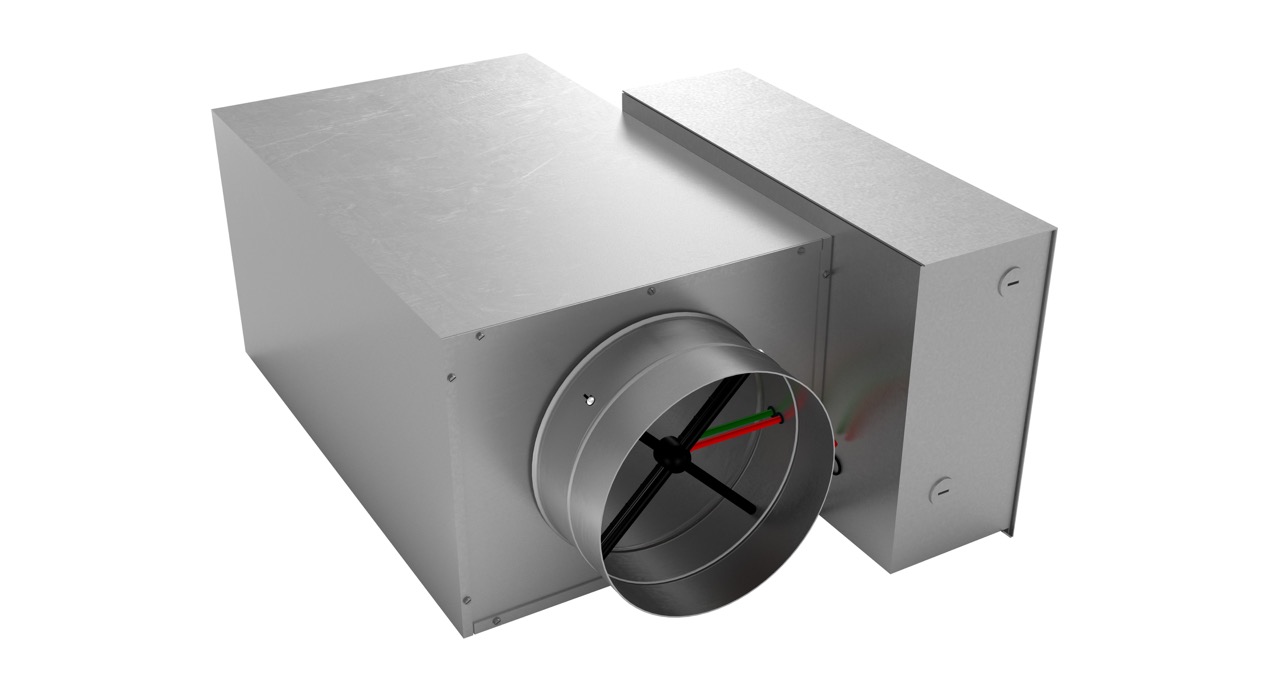
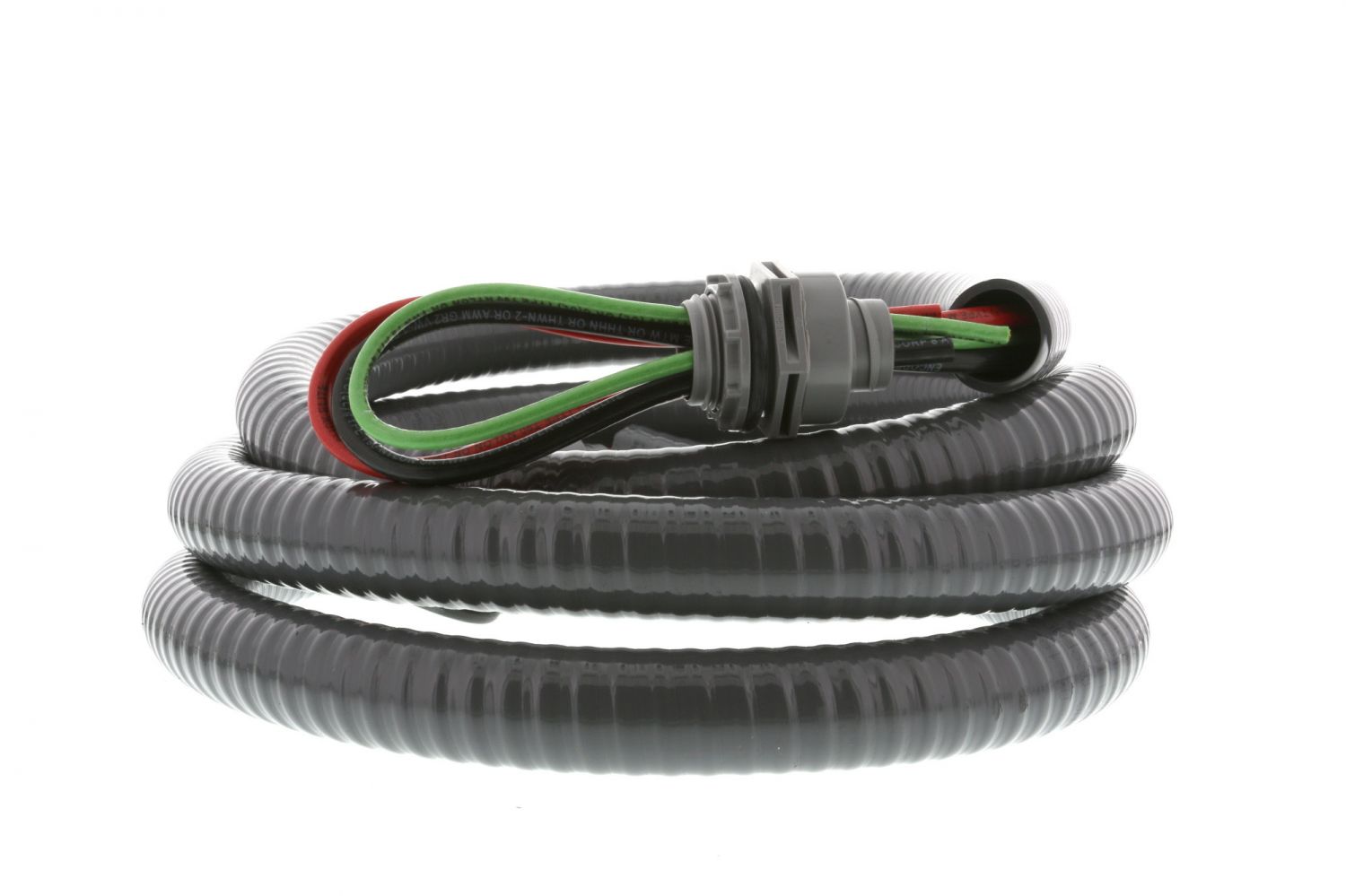
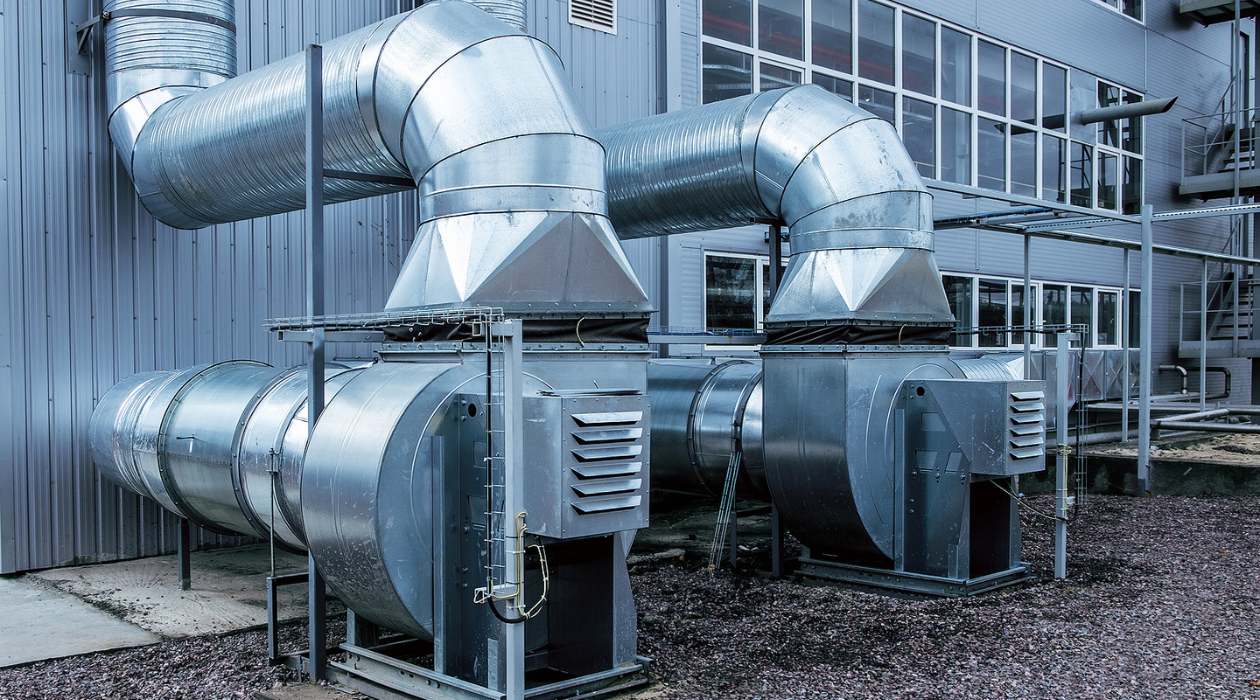
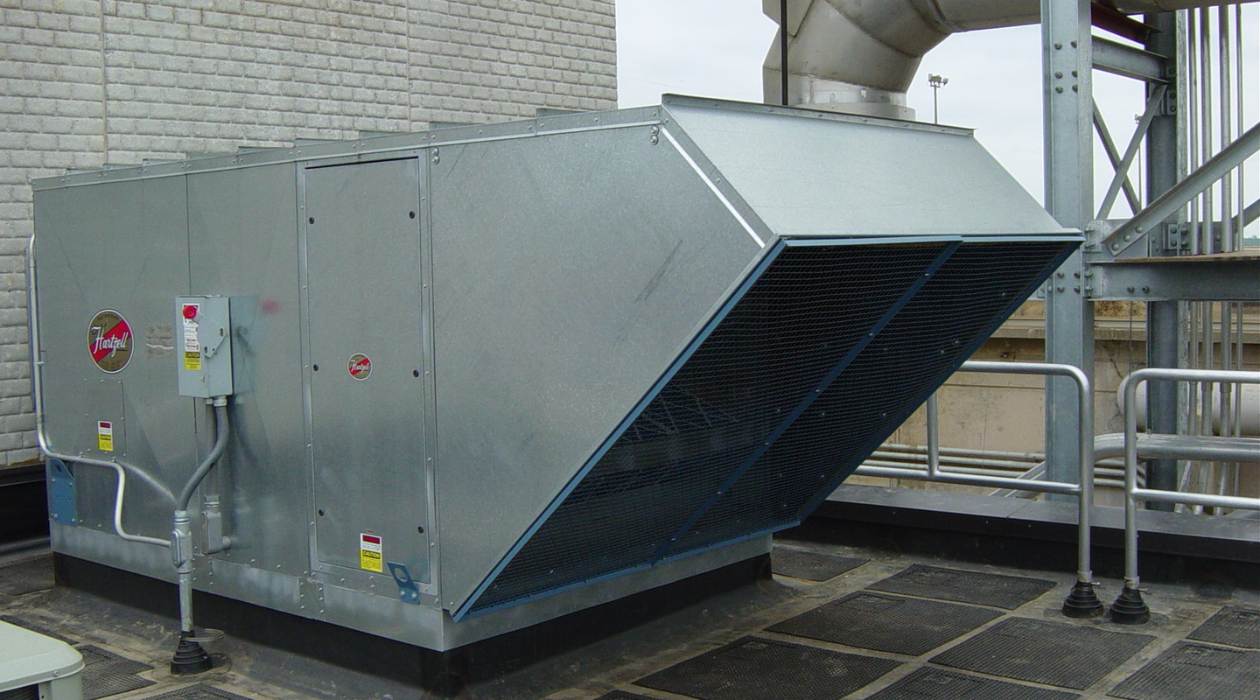
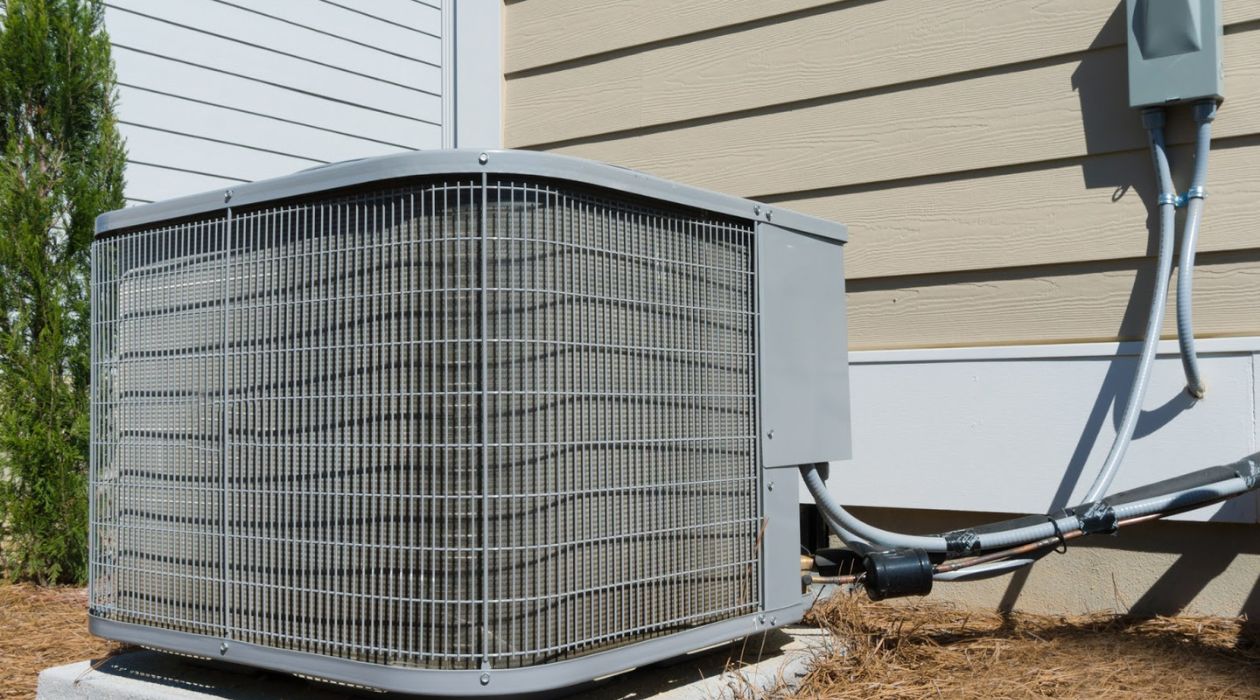
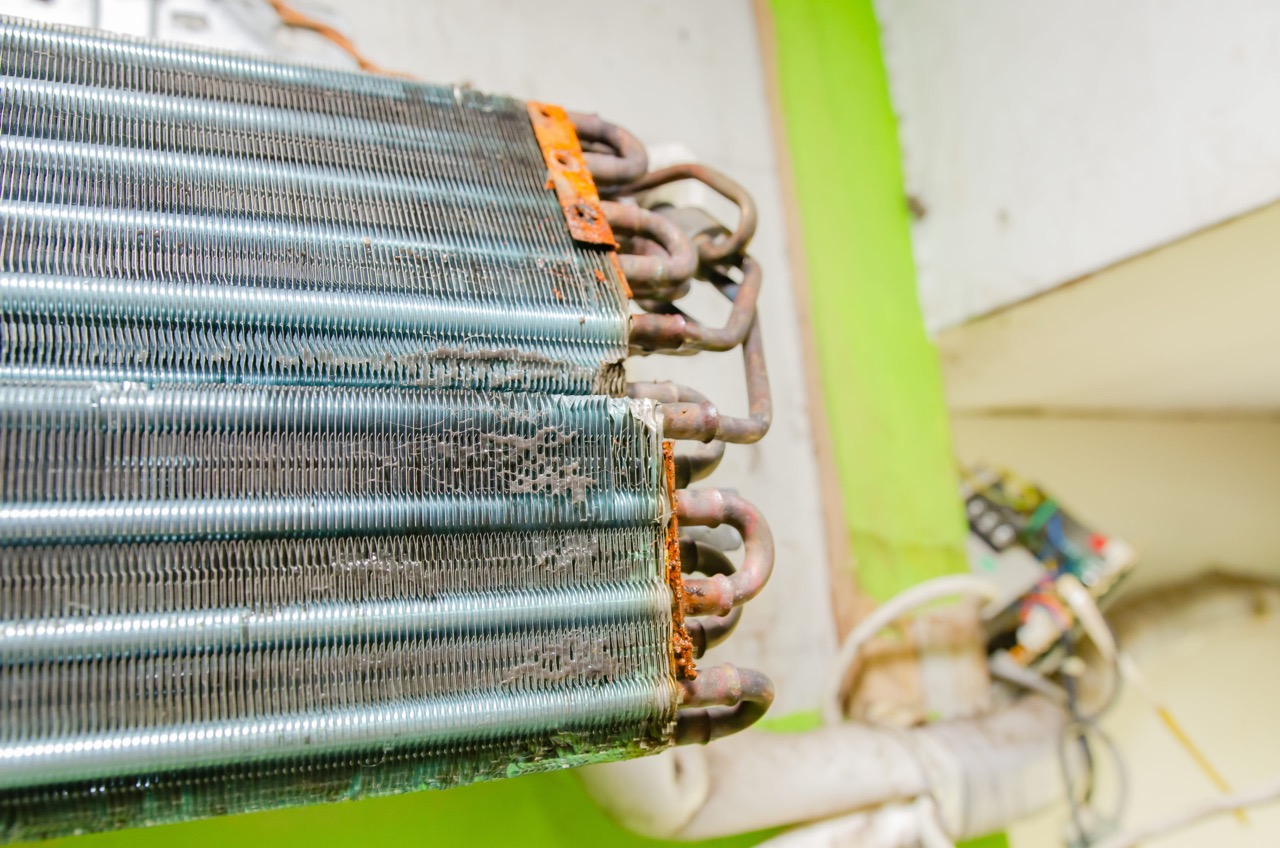
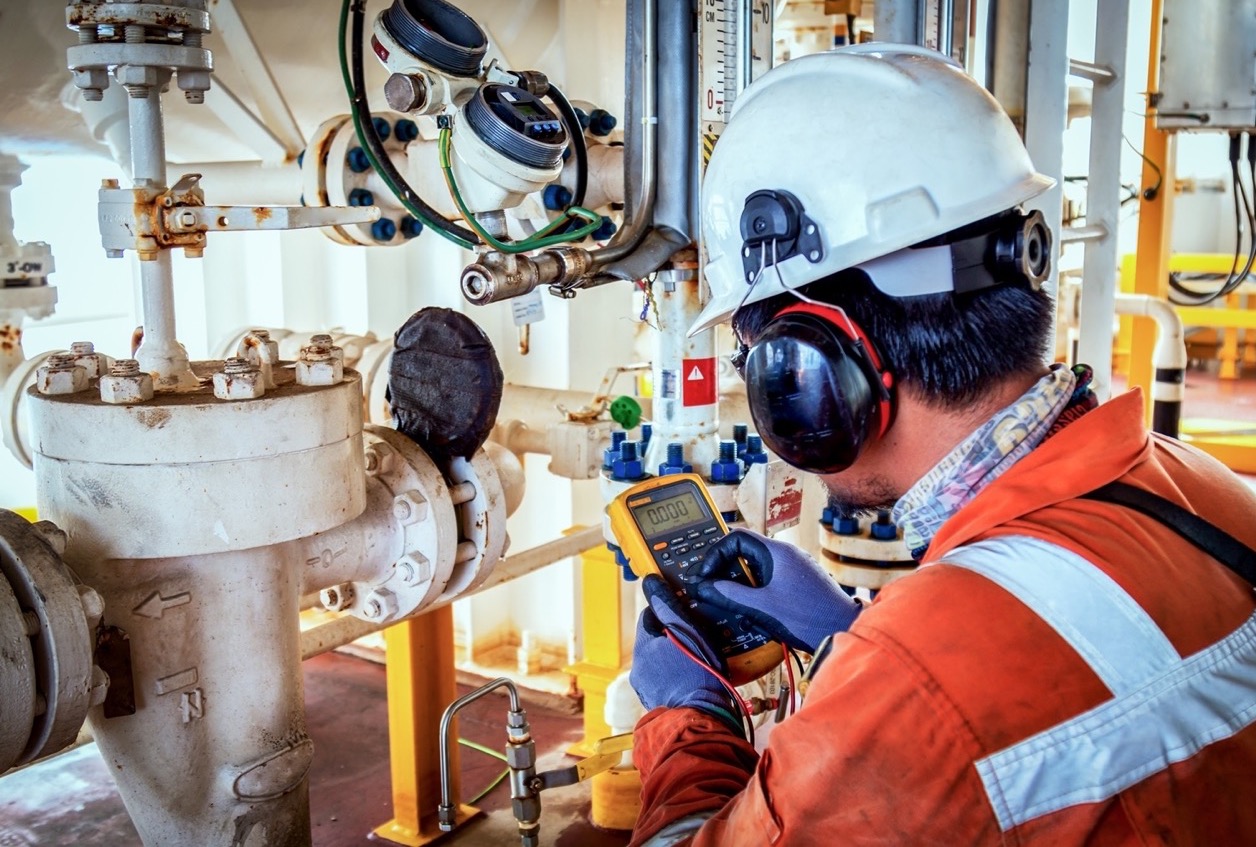
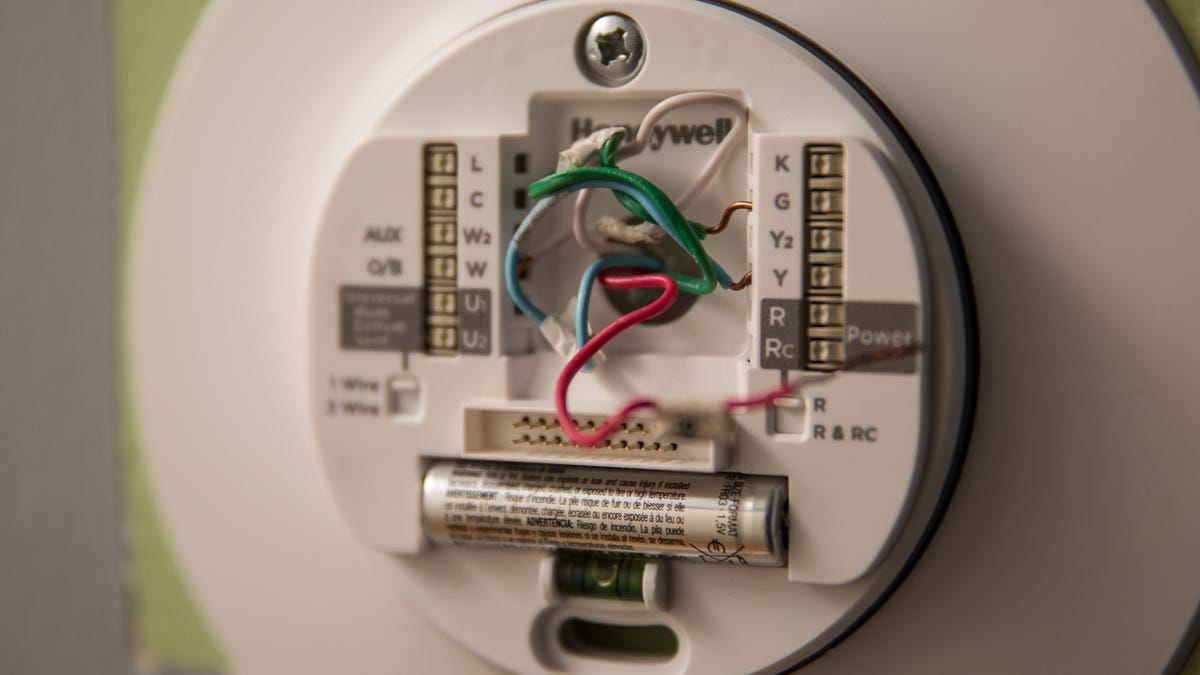
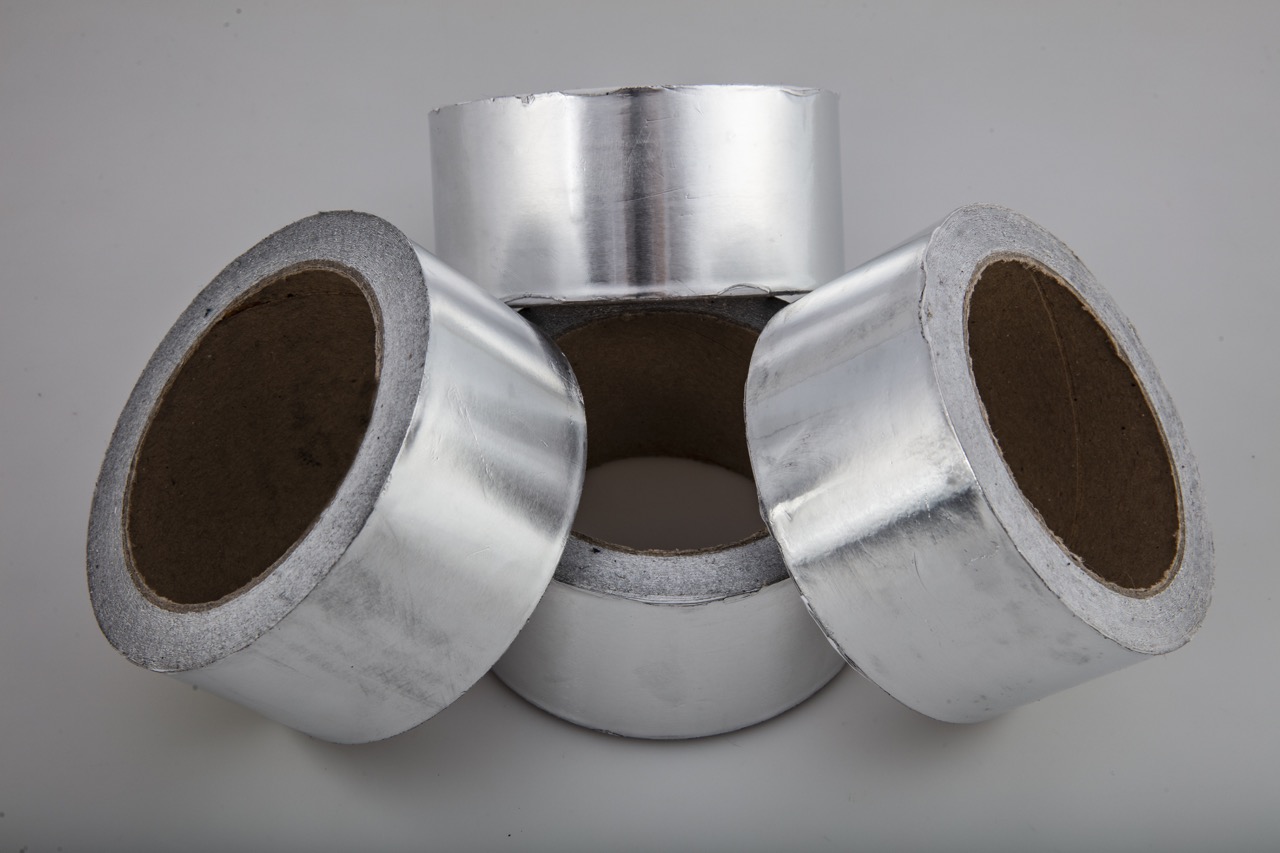
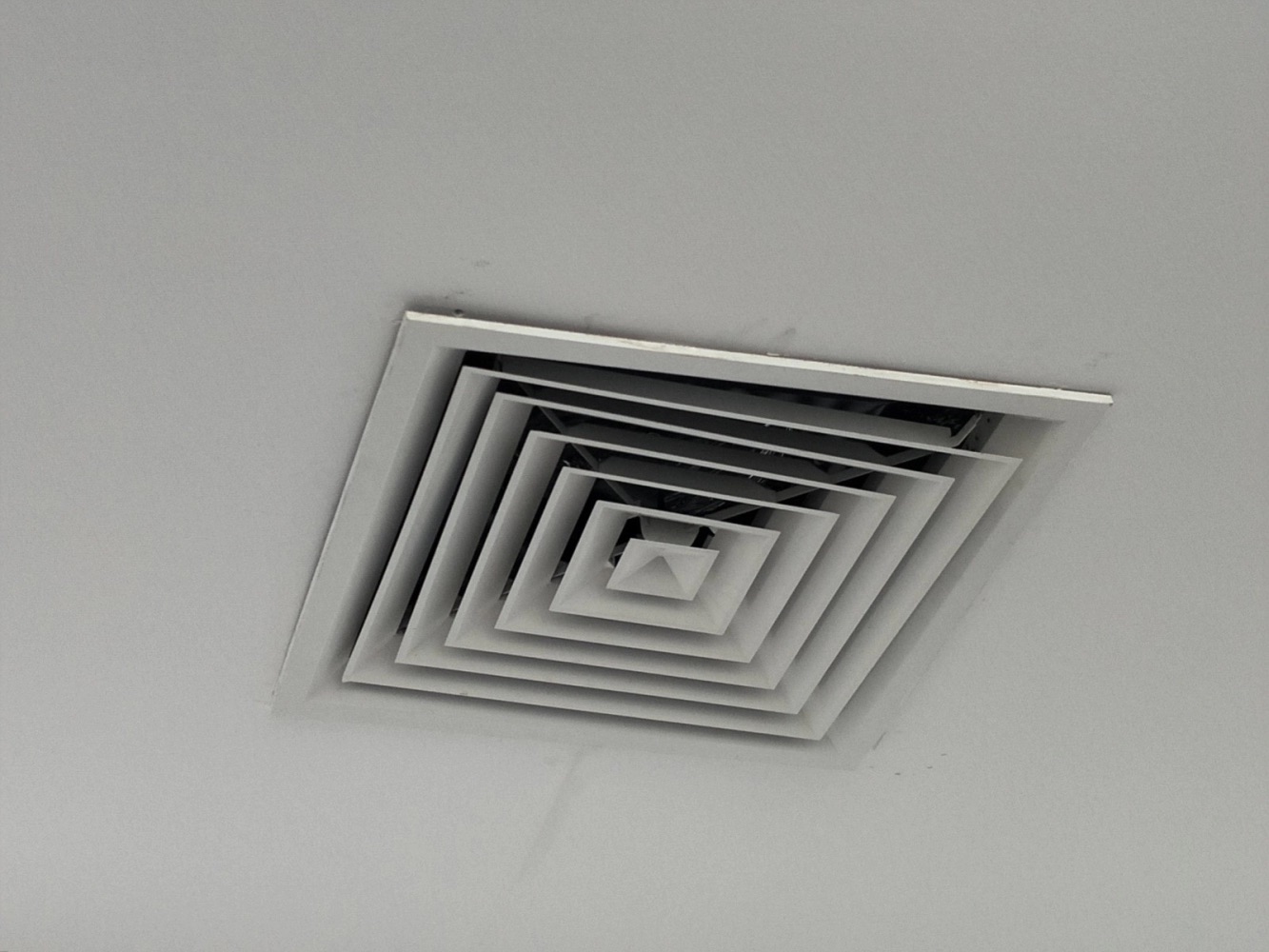
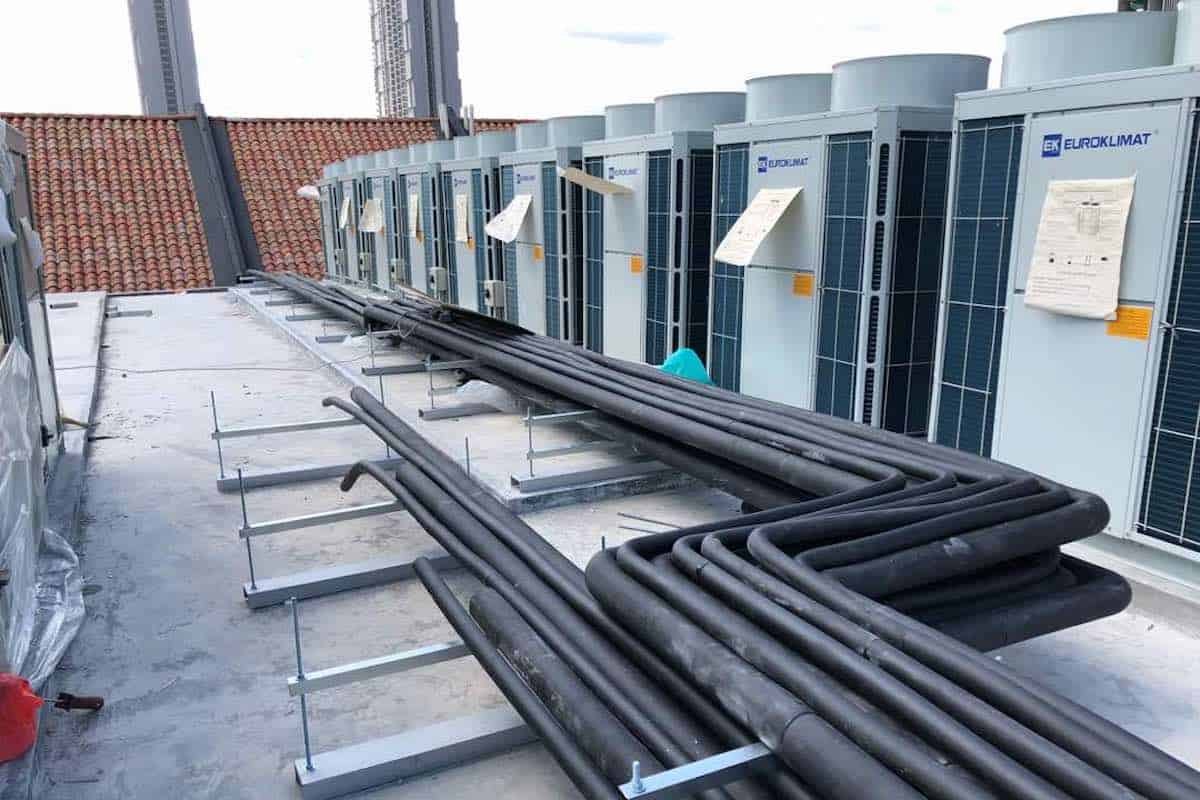
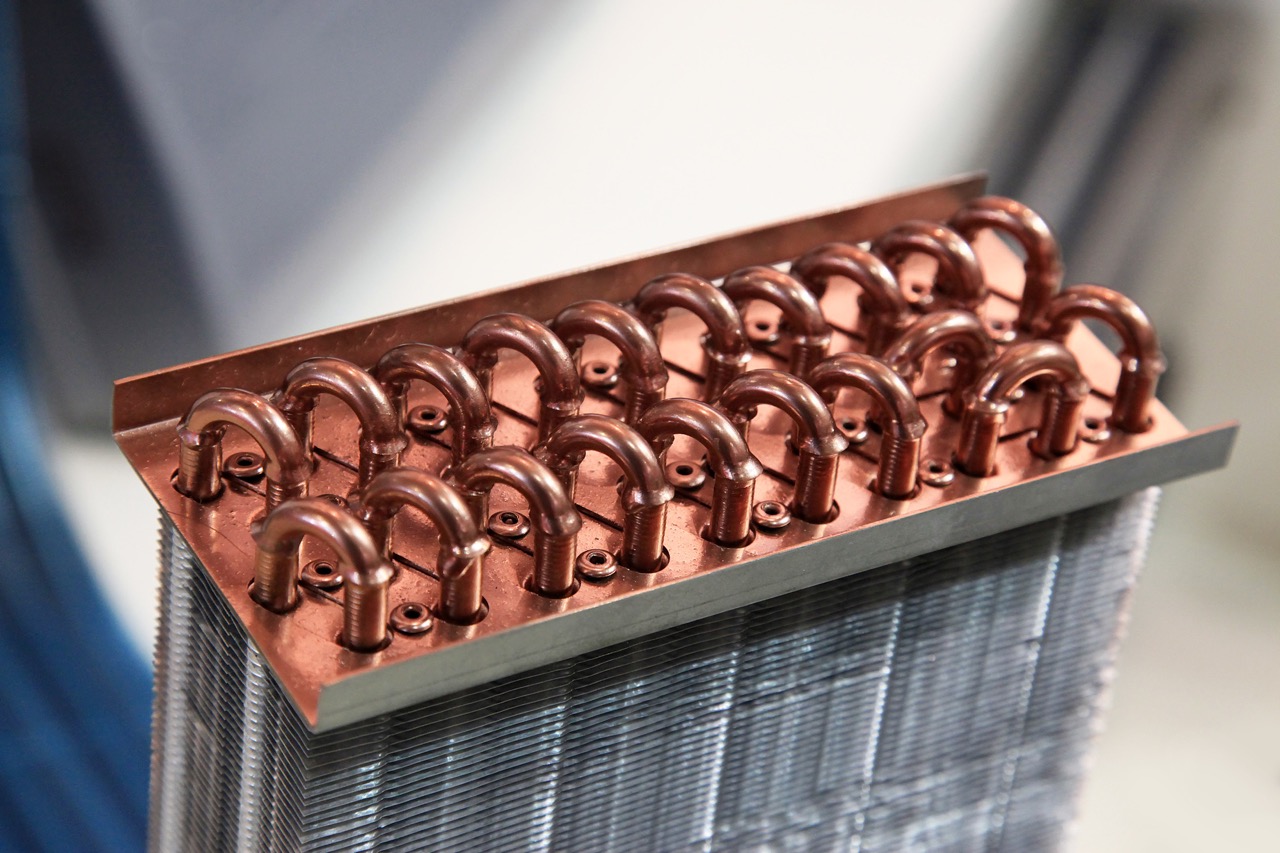

0 thoughts on “What Is A Mini Split HVAC System”